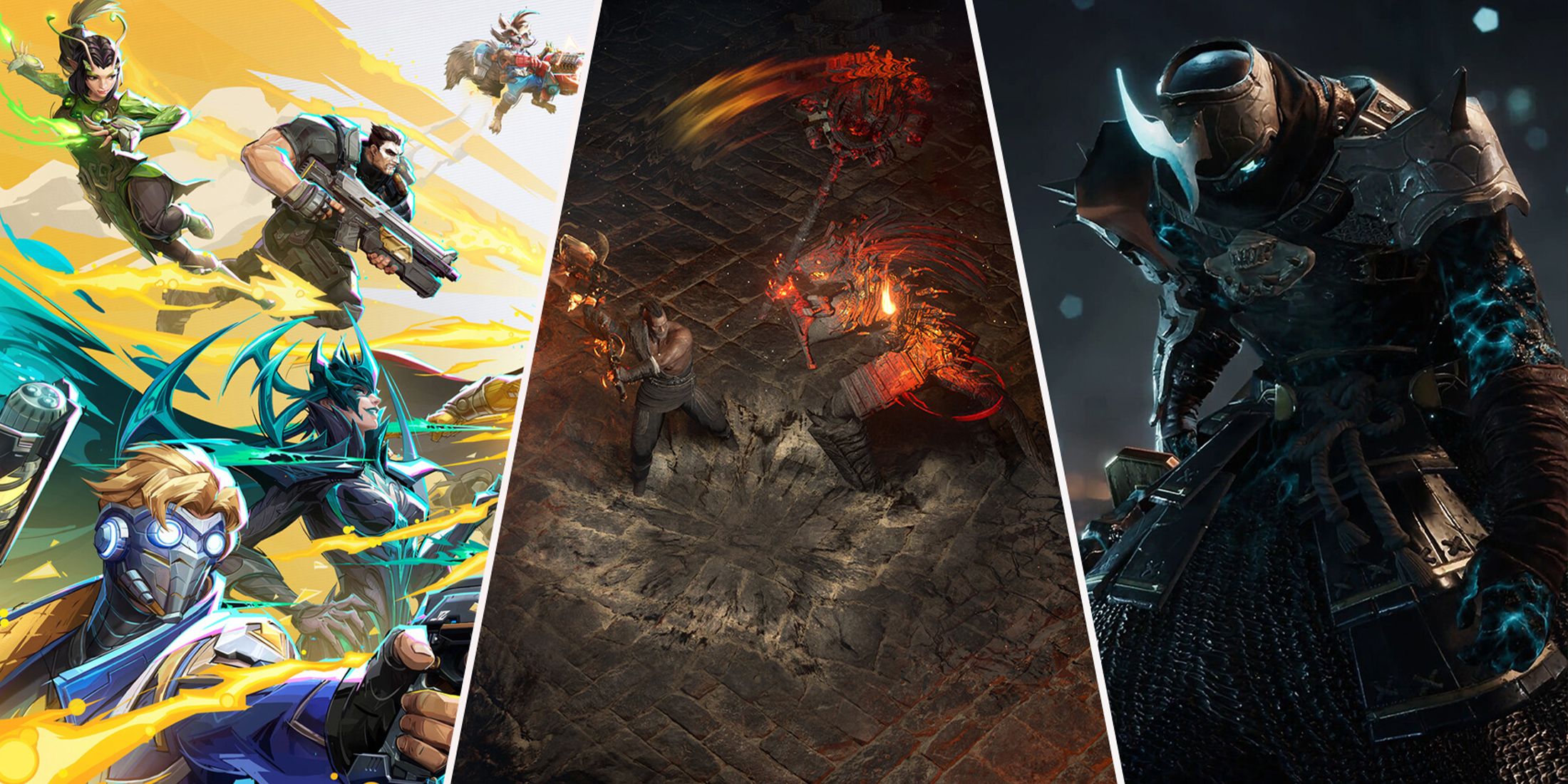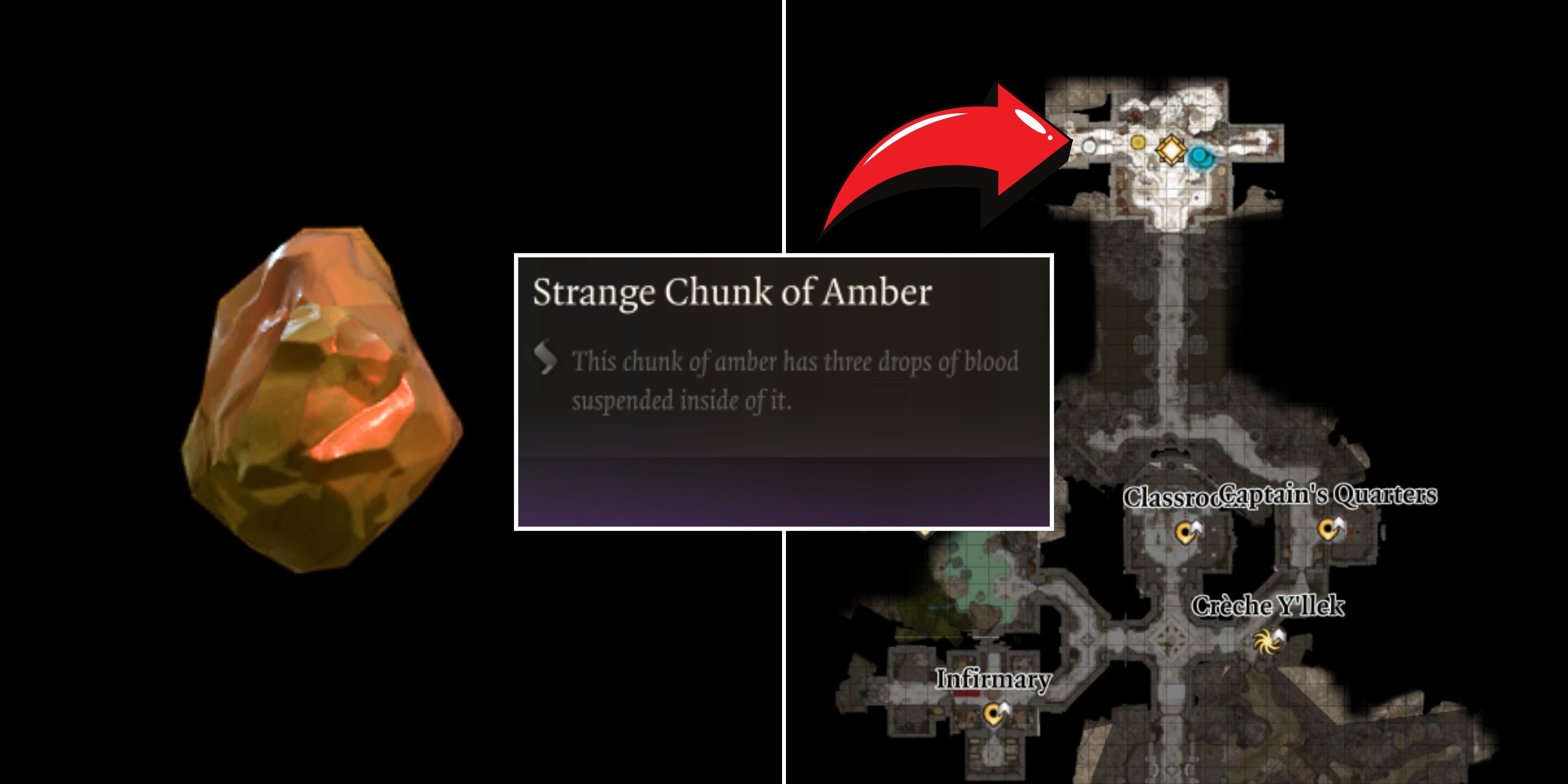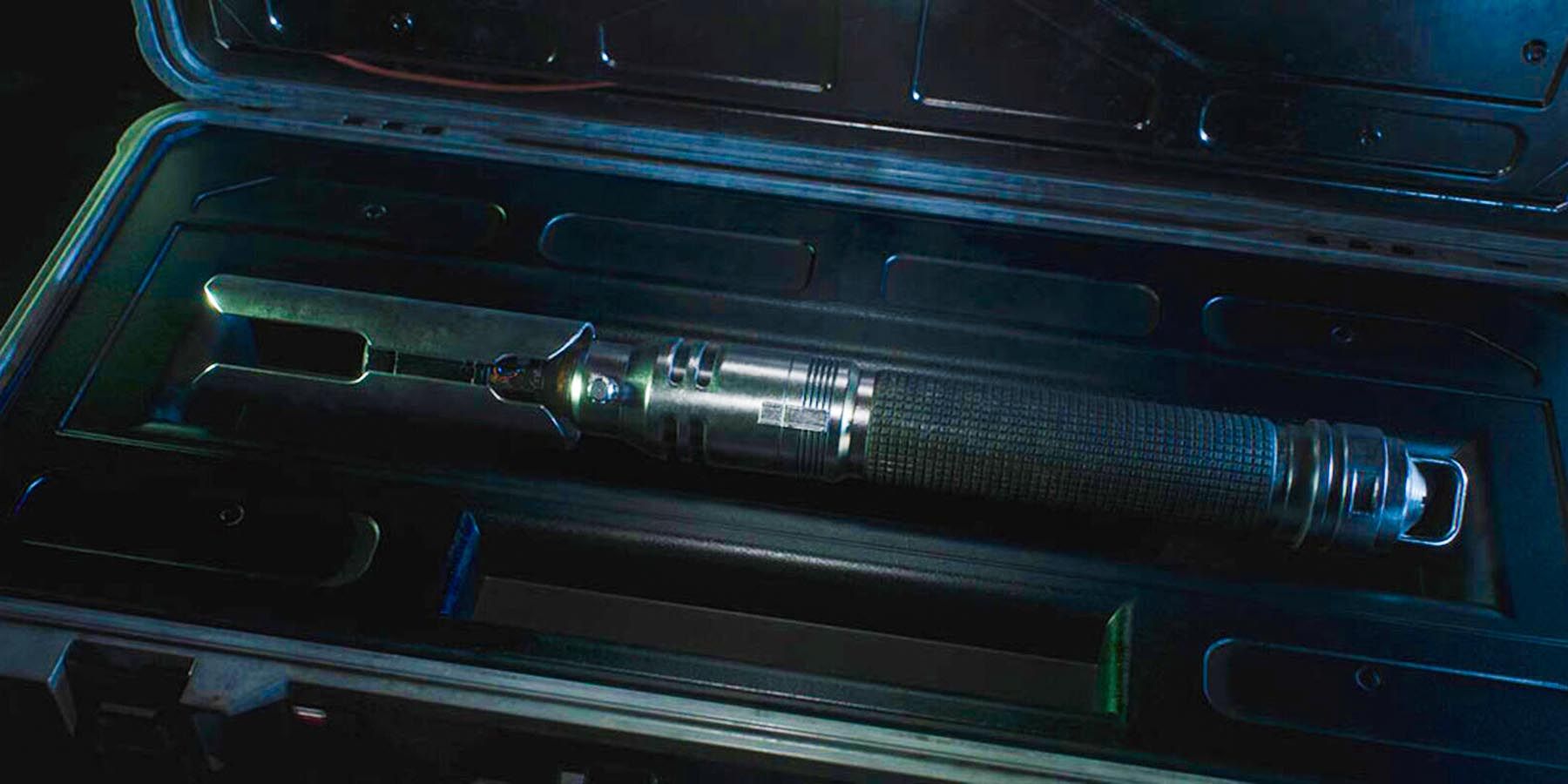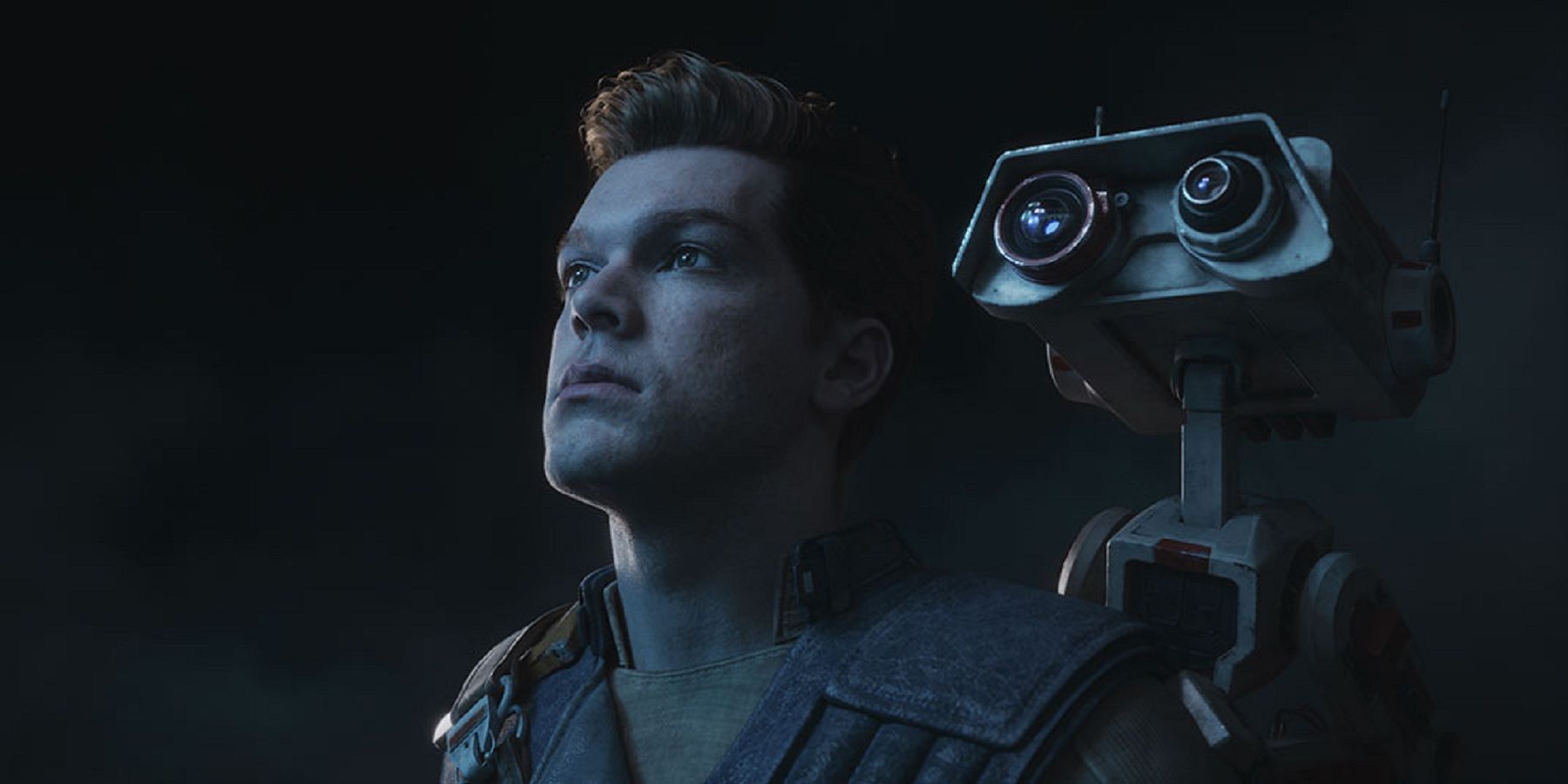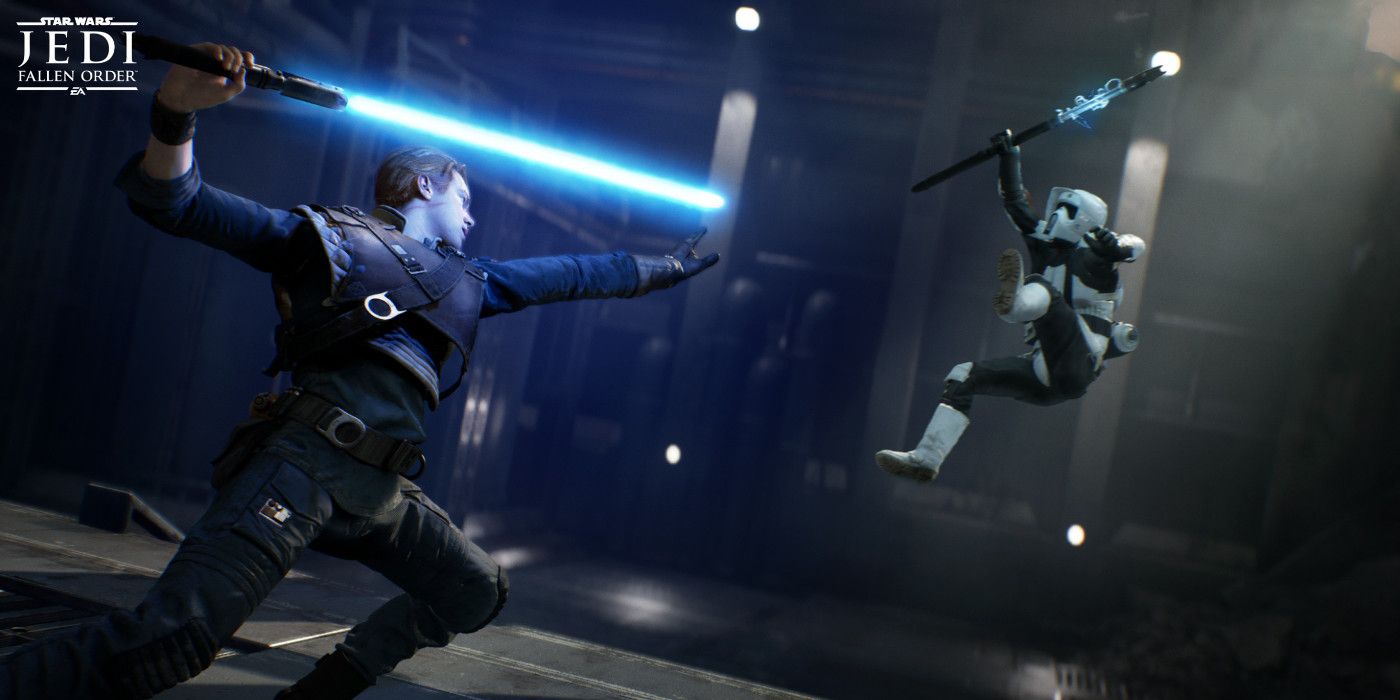After weeks of rumors, reports, and speculation, EA and Respawn Entertainment officially announced Star Wars Jedi: Survivor – the sequel to Fallen Order – at Star Wars Celebration. The teaser is not necessarily representative of the final product, but the graphics on display were impressive. It was certainly enough to get fans talking, especially about the mysterious Star Wars Jedi: Survivor character in the Bacta Tank.
For the celebration and announcement of Star Wars Jedi: Survivor, the official Star Wars website also conducted an interview with Director Stig Asmussen, who may have let an interesting detail slip. When asked when Respawn began work on Survivor, Asmussen said it was before the first game was finished as there were several ideas they wanted in the sequel, left on the editing room floor from the original game. “Some of that comes down to like more stances for combat or where we’re going to go with the story…,” he said.
Star Wars Jedi: Fallen Order’s combat is a great representation of lightsabers, but there are areas for improvement. Beyond Star Wars Jedi: Fallen Order’s Soulslike features (such as the Posture System), a parrying system, and so on, it does come down to button mashing. Certain combos require less input, but overall, it’s not the deepest dive possible for Jedi combat. So, when Asmussen references more stances for combat, that sounds like introducing a proper system for the various lightsaber styles in-universe.
Star Wars Jedi: Survivor – Combat Stances
How and if proper Lightsaber styles are introduced into the game remains to be seen, but they cover a wide style of combat scenarios that could inject more immersion and choices into Star Wars Jedi's lightsaber combat. Form I: Shii-Cho, for example, is the oldest form focused on non-lethal combat and disarming multiple foes, as often used by Padawans.
Form II: Makashi is a style designed for lightsaber duels, fitted for agile and elegant combat against a single target. It focused on single enemies, avoiding disbarment, and precise strikes—this form was seen by Count Dooku in the Star Wars Prequel Trilogy. Form II: Soresu, meanwhile, is a defensive style of combat, focused on controlled movement and wearing down foes by offering an impenetrable defense. Several Jedi (or even Sith) used Soresu in some form, adapting it to their own combat, such as Yoda, Windu, Luminara, Darth Vader, and even Luke.
Form IV was known as Ataru, a dexterous, acrobatic, and aggressive style of lightsaber combat. Users would often use The Force to enhance their movements and was capable of controlling the battlefield across all directions. It put a ton of pressure on Jedi physically and through the Force, as these Jedi would prove to be very aggressive. As a Jedi Knight, Anakin Skywalker used a personal form of Ataru and would adapt it over his lifetime, with The Grand Inquisitor, Ezra Bridger, and Qui-Gon Jinn using it as well.
Form V: Shien/Djem So was another demanding style, as it required Jedi to quickly transition between maneuvers. It fluctuated heavily from defensive maneuvers similar to Soresu and aggressive attacks like Ataru. Shien variants would redirect blaster fire utilizing a reverse blade grip, while Djem So variants focused more on saber maneuvers. Ahsoka Tano is a known user of the Shien variant.
Form VI: Niman is a balanced style and natural evolution from Form I, focused on balance within combat scenarios. It was the most common style, often used by any non-descript Jedi in the movies. It balanced offense, defense, and the Force. Form VII was once outlawed by Jedi, as it required a master control of emotions. It tapped into anger, more befitting of a Sith, than a Jedi, and some believe this style even led some Jedi to the Dark Side of the Force. Because of this, it’s one of the rarest styles with two variants: Juyo and Vaapad, with Windu developing the Vaapad method of Form VII. Jar’Kai is the final variant, used by Jedi using two single-bladed or up to two double-bladed lightsabers—multi-armed Jedi being the prime example, as well as Darth Maul and Cal Kestis when dual-wielding.
Using Jedi Lightsaber Styles in Star Wars Jedi: Survivor
While it remains to be seen how, or if, these appear in Star Wars Jedi: Survivor, it would do well to expand the posture system. Choosing a style for certain combat methods to fit the situation could increase how much Cal impacts an opponent’s posture. Perhaps using or overusing Form VII could influence a new Dark Side system in the game, or switch to Soresu against powerful enemies to protect Cal’s posture.
Choosing Makashi for duels or Ataru against several enemies at once would go a long way in variety for Cal Kestis’ combat.
Star Wars Jedi: Survivor releases in 2023 for PC, PS5, and Xbox Series X.
Source: StarWars.com


